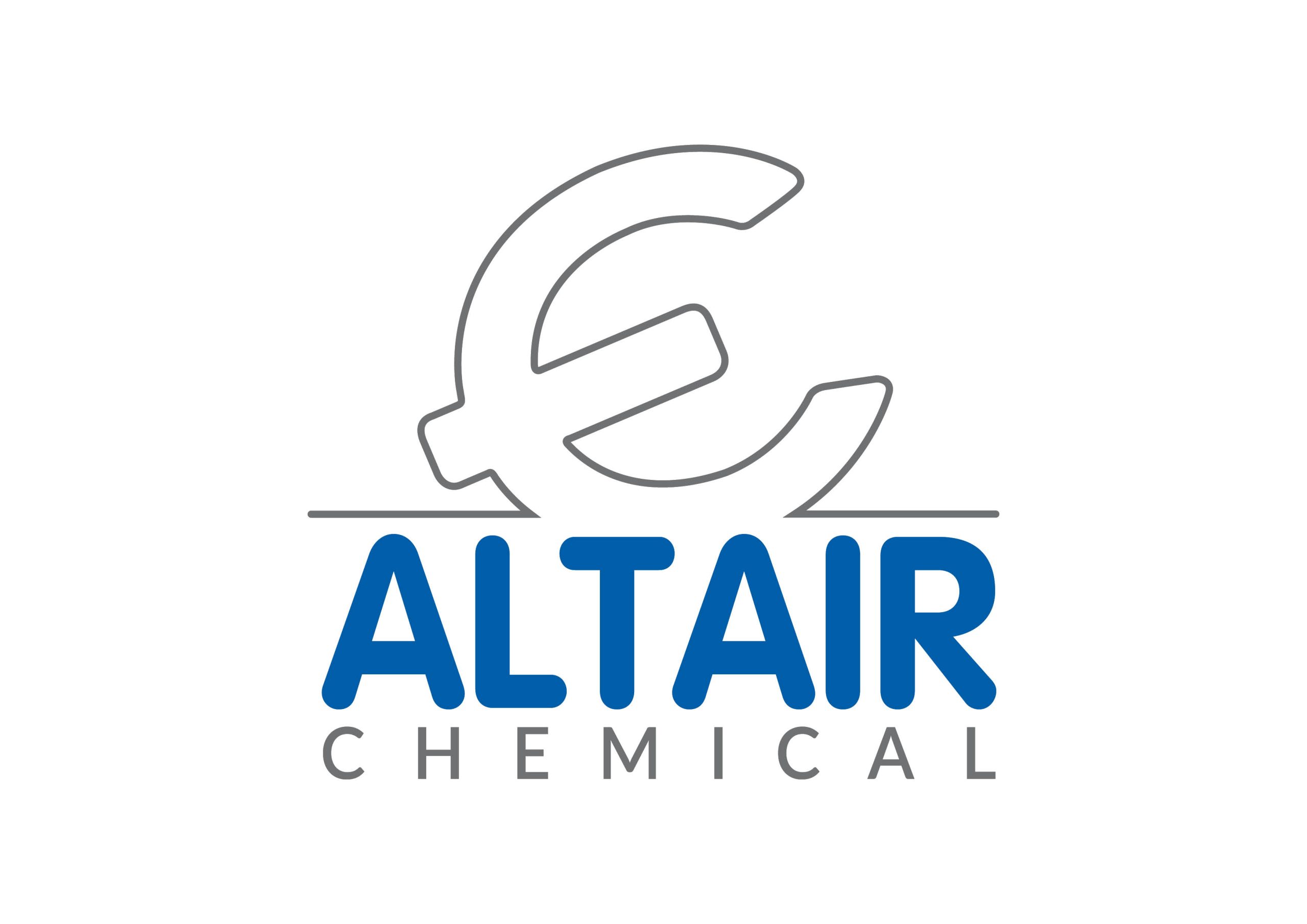
Renewable sources and energy efficiency
Altair Chimica: sustainability – renewability – energy efficiency
Altair Chimica has adopted and continues to adopt all the most modern and effective technologies for the efficiency of industrial processes, energy saving, the consequent environmental sustainability and its renewability.
Over the past ten years, the company has invested tens of millions of euros to achieve the above goals.
First of all, the company has started to recover the hydrogen, coming from the electrolysis process of the brine (salt water), reusing the whole quantity not transformed into chemical products, for the generation of 100% Green heat.
Hydrogen is used for the generation of steam, replacing natural gas (methane CH4), which generates CO2 in the combustion process. The H2, molecule, as it does not possess C, does not generate any emissions outside water stram. For this purpose, two bi-fuel steam generators have been built, capable of operating on hydrogen, methane or a mix of the two gases, in a completely automated way, according to the instant availability of the hydrogen from electrolysis. Modulation takes place automatically, based on the available H2, to maximize its usage.
Secondly, for its own electrolysis process of the brine, the company uses electricity, high pressure steam, hot water and CO2 from a high-efficiency cogeneration plant, owned by Altair, designed in the years 2010-2011 and installed in starting from January 2012.
A second, very similar, cogeneration plant will start in 2020, to cover the needs of the plant which, in the meantime, has significantly increased its production.
These cogeneration plants were designed with the aim of recovering as much as possible of the resource (CH4) used, with overall yields close to the maximum theoretical value, around 90%.
Natural gas is not a renewable source and cannot even be defined as a green resource, as it contributes to carbon dioxide emissions, even if it has the advantage of not emitting fine particles; but this is not true in Altair Chimica. Why?
In Altair, the combustion of CH4 generates the turbulence necessary to make a high efficiency turbine, of aeronautical derivation, connected to an alternator-generator of electric energy, exploiting a first 40% of the energy input. This electricity is consumed 100% in the electrolysis cycle.
Downstream of the turbine, the residual combustion heat (over 350° of temperature) is used to heat water, to generate steam at a 10 barg, which is used 100% in the downstream plants of electrolysis, for the various heating, crystallization and evaporation processes of products to be sold on the market.
With this steam, an additional 30% of the methane resource is used, reaching 70% of overall efficiency.
At this point, the third heat recovery stage, now down to 180°, has been created for the production of hot water at 90°, perfect for heating the brine and saving heat in the electrolysis process, which will consume less than how much it would consume starting from brine at room temperature.
With this third recovery step, the overall efficiency of the cogeneration plant reaches an efficiency of 82-84%.
But the peculiarity of the Altair cogeneration plant is the fourth recovery stage, unique in its kind, which consists in exploiting the final flue gas outlet (at 70° C), which is sent to the potassium carbonate production plant (K2CO3).
Il K2CO3 is produced in a fluidized bed reactor, fed by hot fumes rich in CO2 , according to the following carbonation reaction: 2KOH+CO2+heat gives K2CO3+H2O.
The hot fumes were originally produced in an oven fed with ambient air (average 15° C) and gas. methane. The combustion of methane ensured that both the reaction temperature of the fluidized bed was maintained at 300° and the generation of part of the CO2 necessary for carbonation.
The missing CO2 was purchased in cylinders and fed into the reactor to complete the reaction, which cannot work only with the contribution of the CO2 coming from the combustion of methane.
As soon as the cogeneration plant was built, its output, rich in CO2 nd at 70°, was taken and introduced into the carbonation reactor (recovering that 7% of remaining energy), through a new combustion chamber, capable of burning the exhausted fumes of the cogeneration plant to heat them up to 300°C.
This technology has allowed Altair to create a KOH cogeneration-carbonation plant, with energy efficiency close to the theoretical 90% and which self-consumes the CO2, naturally generated by the combustion of CH4.
This configuration, unique in its kind, allows the claim that the Altair cogeneration plant uses a green energy source, even starting from a fossil fuel, thanks to the fact that the carbonation process absorbs its carbon dioxide emissions!
Finally, Altair has undertaken the construction of photovoltaic systems on all the roofs of the plant, to generate green and renewable energy from the only natural resource in the area; has adopted the use of electric vehicles within the production area, powered by the solar panels just mentioned, and the use of LED lighting, to minimize also the consumption of the complex lighting system of the structure (offices, canteen , production plants).
